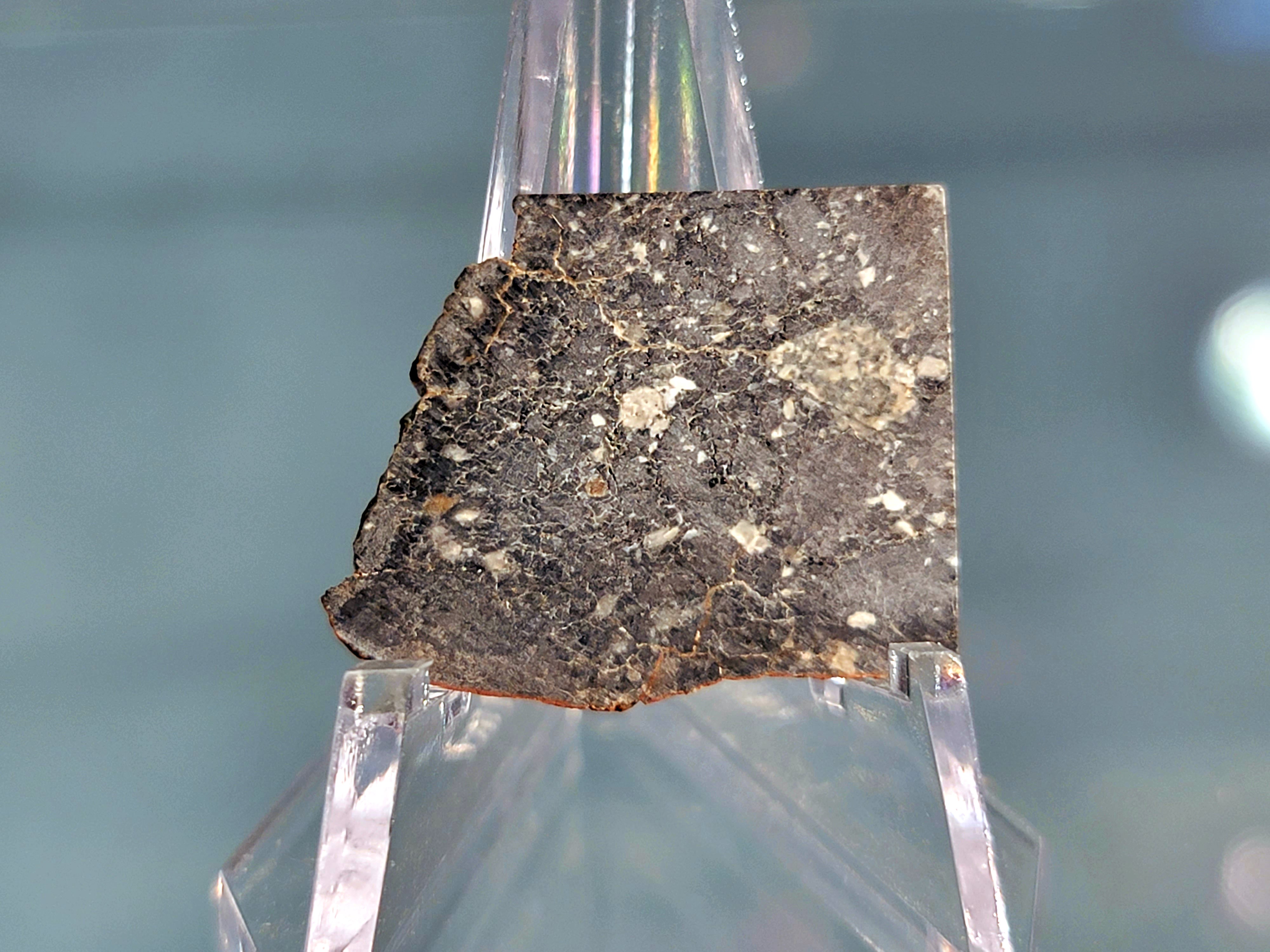
Hi folks, tune in every week of 2023 for the best in astronomy from Astronomy Editor Dave Eicher, brought to you by Celestron. Dave’s weekly video series will cover all the latest sky events, scientific results, overviews of cosmic mysteries, and more!
This week, we’re talking about how to hold a piece of another world in your hands — by collecting meteorites. The most common are available for a few tens of dollars for each small piece, while the least common types go for several thousand dollars per gram. Nearly all meteorites are pieces of asteroids, but some fragments of the Moon or even Mars.
These objects were knocked into space by large impacts, and their orbits eventually brought them into Earth’s gravitational tug. For example, Dar al Gani 400, the largest lunar meteorite, fell in the Libyan Sahara in 1998. Scientists know that meteorites like it came from the Moon because their characteristics — like chemical compositions, ratios of isotopes, mineralogies, and textures — match the samples brought back from Apollo missions.
The largest and most celebrated martian meteorite is named Zagami and fell in Nigeria in 1962. Zagami is classified as a basaltic shergottite, which means it’s similar to Shergotty, the second martian meteorite found.
For more on meteorites and where they come from, you can read this feature from our July 2019 issue. And to learn how scientists can trace the origins of meteorites to Mars, check out this Ask Astro answer.









